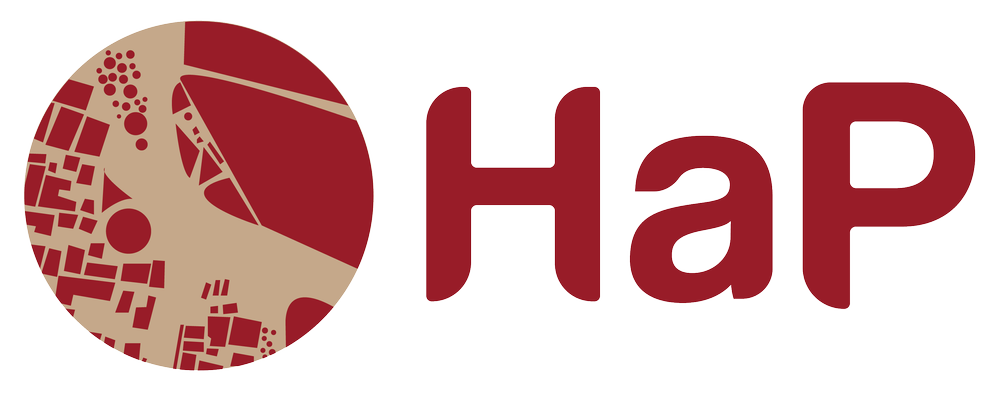Taplejung
Taplejung is a far eastern district in Nepal located in a geopolitically strategic place, bordering Sikkim to the east and Tibet to its north. It is also where Mukkumlung is, later known more popularly as the religious Hindu site, Pathibhara. For Heritage as Placemaking, Sabin Ninglekhu is conducting research at this site in the context of internal colonization and erasure.
Photo Courtesy of Sabin Niglekhu
Mukkumlung, or pathibhara, has become a contested site in the last half a decade, and more so within the last two years, due to increasing repression from the state against an ongoing Indigenous movement resisting the construction of a cable car project. Led by a private company belonging to one of the richest businessmen of Nepal, the cable car, the Indigenous limbu asserts, will destroy its heritage site on top of Mukkumlung, which is considered the sacred mountain. Needless to say, the top of the mountain is also a religious heritage site for the Hindus. Further, the project, which has already deforested a huge chunk of the geography, also threatens to destroy the habitat of IUCN red-listed red panda and snow leopard, and more than 50,000 trees belonging to 150 plus different tree species, including Rhododendron, Nepal's national tree / flower. Based on an Initial Environmental Examination (IEE) report prepared by a private firm, there are several projects, such as resorts, restaurants and hotels, that are planned for construction both at the base of the mountain and at the very top, following the construction of the cable car. The movement rejects the neoliberal onslaught in defense of nature and culture; the kind of onslaught that is taking place with no prior consultation with the local communities.
Sabin Ninglekhu is documenting the movement because it is of direct relevance to the project; and he does it in two stages. First, the displacement of Mukkumlung by Pathibhara is a classic example of how dominant religion such as Hindu 'others' other religious and spiritual belief systems embedded in the landscape animating local culture, knowledge system and ways of being for centuries - itself a form of internal colonization. Second, the introduction of the cable car announces yet another arrival of a project of erasure, more blatant, sudden, and violent than the previous, except, this one threatens to erase the religious, cultural and spiritual significance of both the heritage sites - Mukkumlung and Pathibhara. The fact that such a project takes place through the Faustian pact between the private sector and the Nepali state deploying state resources such as the armed police force in violent terms, to the point of shooting the preservationist-protestors at sight. Together these tendencies and activities illustrate the working of state bureaucracy and administration in service of a blatant exercise of crony capitalism. In other words, Sabin Ninglekhu is documenting forms of erasure-in-stages; solidarity-in-action as a collective practice of decoloniality and anti-capitalism, mobilized in defense of culture and nature; and bureaucratic machinery in service of the private sector at work.

